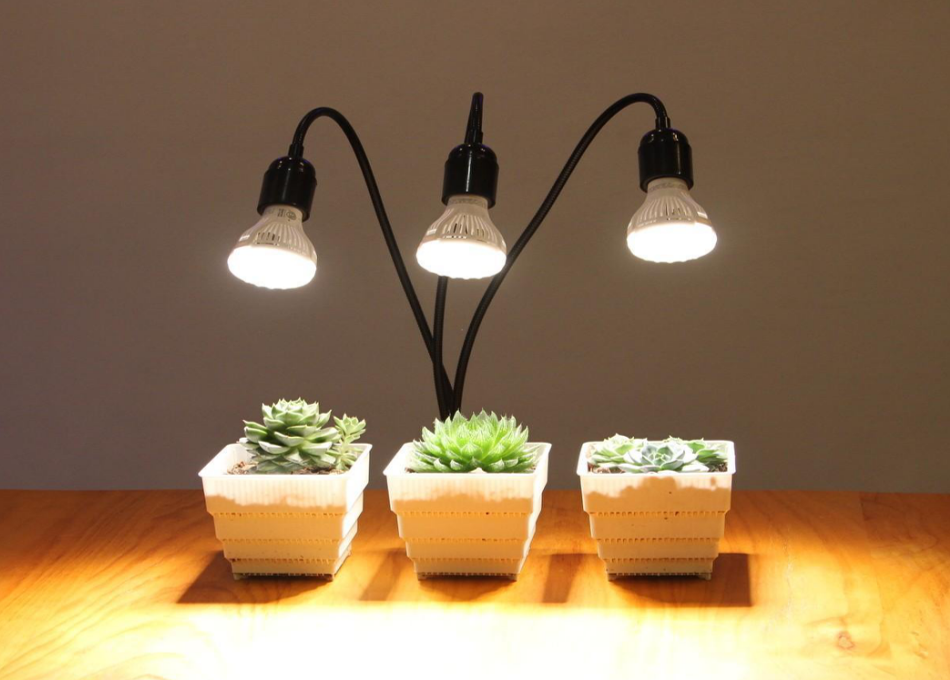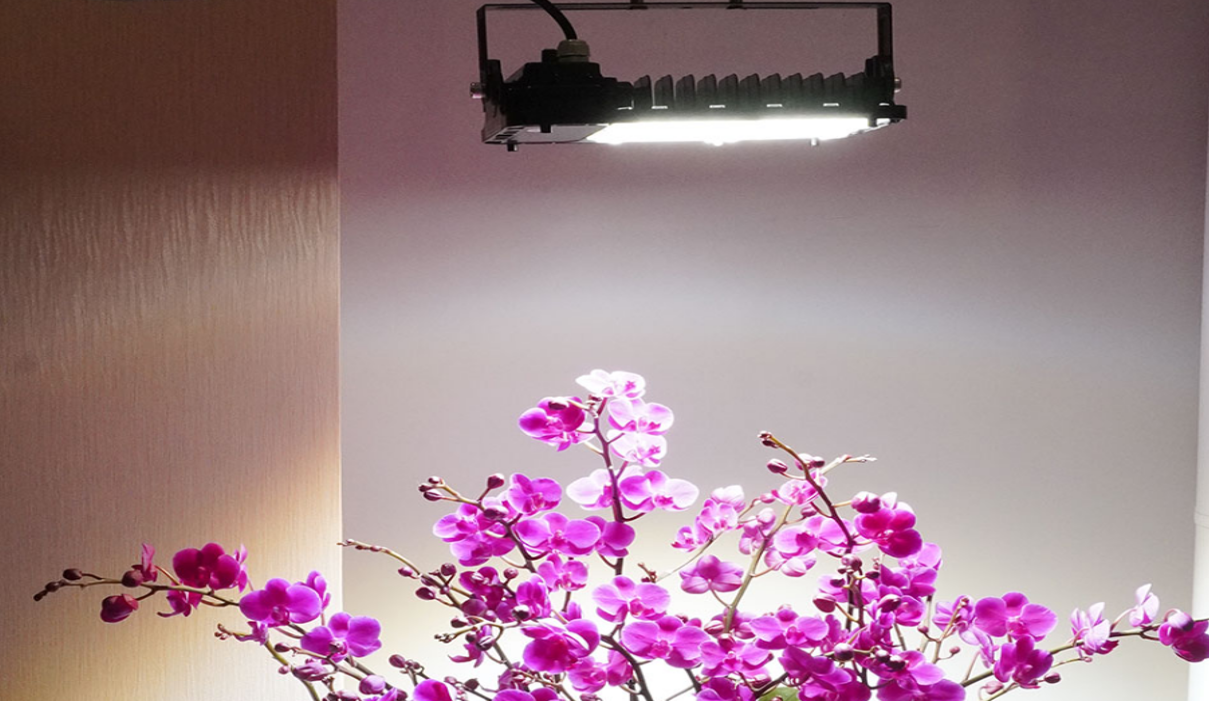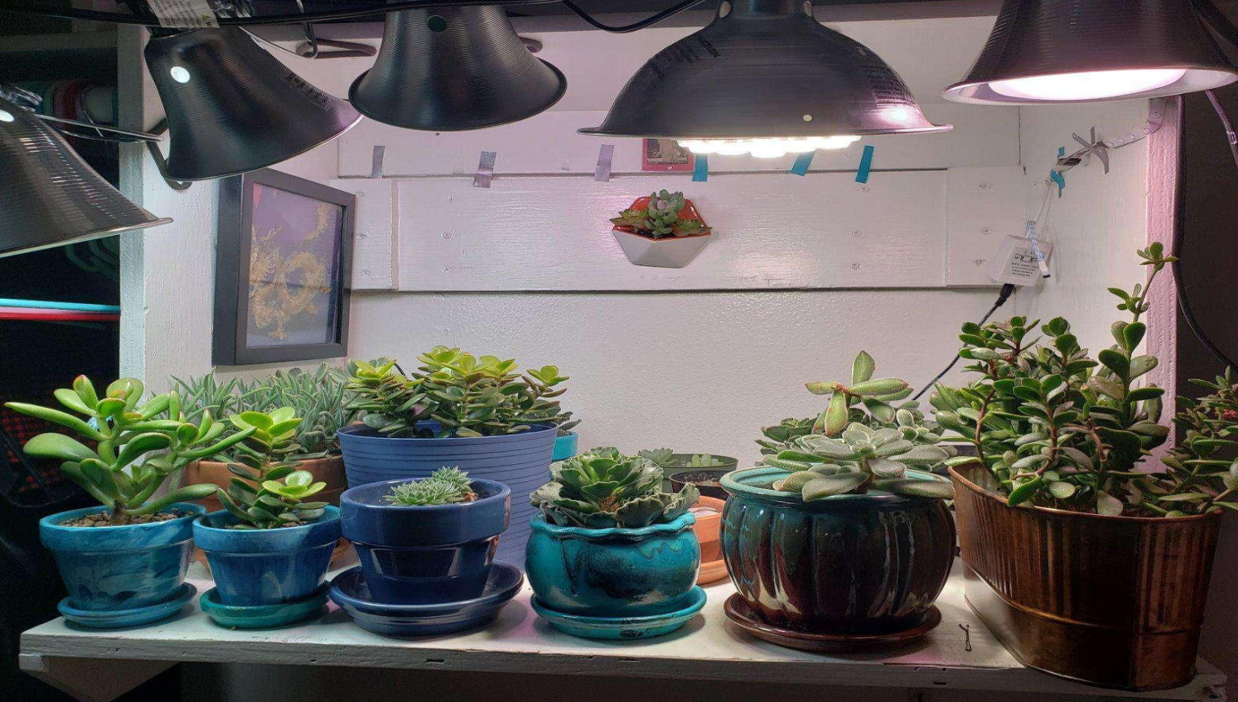Sansi LED: Sustainable LED Lighting and Integrated LED Display
Delivering premium and professional LED Display, LED Lighting, Smart City Integration solutions, trusted by over 60,000 companies worldwide everyday. From industrial lighting to commercial lighting, from outdoor advertising to XR & VR production, Sansi LED greatly improves the quality and sustainability of your business with 30 years of expert experiences.
LED grow lights are becoming increasingly popular due to their efficiency, energy-saving features, and long lifespan compared to traditional plant lights. However, many gardening enthusiasts and novice growers often wonder: do LED grow lights burn plants? How can potential harm be avoided during use? This blog will explore these questions and provide practical advice.

How LED Grow Lights Work
LED (Light Emitting Diode) grow lights work by emitting specific wavelengths of light to promote photosynthesis in plants. Compared to traditional fluorescent and incandescent lights, LED grow lights can more effectively simulate sunlight and provide the red and blue spectrums that plants need for growth. However, the intensity and heat emitted by LED lights can sometimes be higher than that of regular grow lights, leading to the question: can excessive light intensity cause "burn" effects on plants?

Do LED Grow Lights Burn Plants?
While LED grow lights themselves do not directly scorch plants like high-heat incandescent bulbs, improper use can cause a phenomenon known as "light burn." This situation often manifests as yellowing, browning leaf edges, and even the development of spots. Light burn typically results from overexposure to light or having the light too close to the plant.
How to Avoid Burning Plants with LED Grow Lights
Choose the Right Equipment
Selecting the appropriate LED grow light is crucial. Different types of LED grow lights are available on the market, and you should choose one that matches your plants’ species and growth stage in terms of spectrum and wattage.
Control Light Distance
Maintaining the correct distance between the light source and the plants can effectively avoid light burn. Generally, LED lights should be positioned about 30-60 cm (12-24 inches) away from the top of the plants, but this distance should be adjusted based on the plant type and the wattage of the LED lights. For seedlings in their early stages, a greater distance is advisable.

Adjust Light Duration
The light requirements for plants vary depending on their growth stage. Typically, seedlings need shorter light durations (around 12 hours), whereas mature plants can tolerate longer periods (15 to 18 hours). Adjusting the light duration appropriately can enhance growth efficiency and reduce the risk of light burn.
Regularly Monitor Plant Health
It’s essential to regularly observe the status of your plants while using LED grow lights. If you notice yellowing leaves, browning, or any other distress signals, promptly adjust the light intensity, duration, or distance.
Utilize Smart Control Devices
Advances in modern technology have made smart control devices more accessible. Using LED grow lights equipped with light sensors and timers allows automatic adjustments of light intensity and duration according to plant needs, thereby preventing overexposure.
By using LED grow lights scientifically and reasonably, we can create an ideal growth environment for plants and enjoy bountiful harvests. Hopefully, these suggestions will help every gardening enthusiast to ensure their plants grow healthy and robust.
